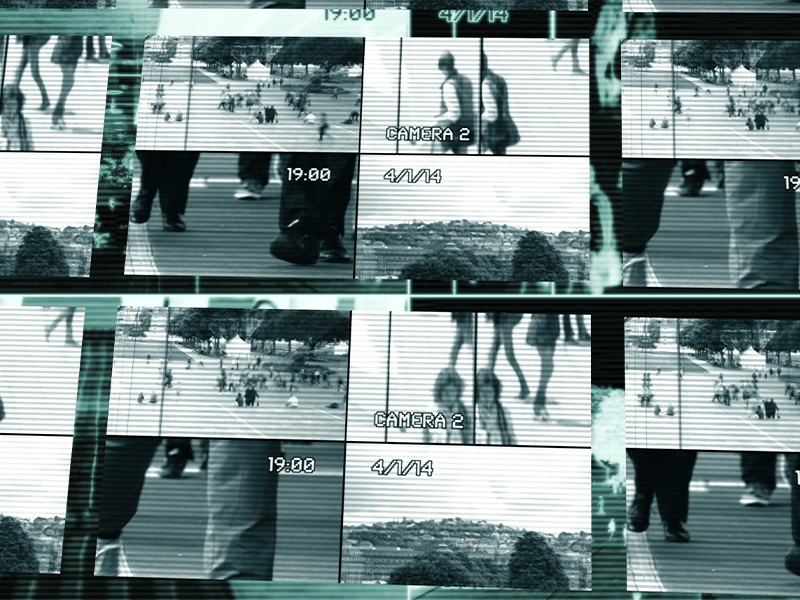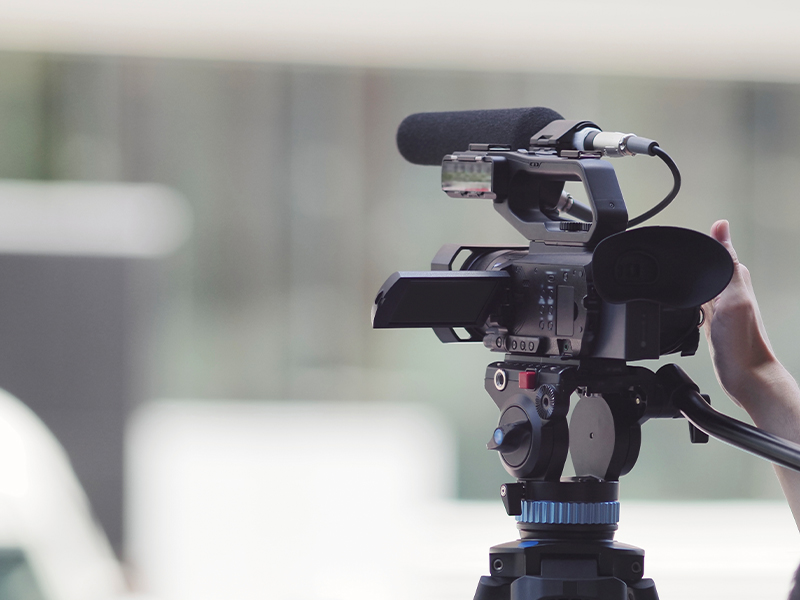The justice system has always been dependent on the reliable recording of courtroom proceedings to ensure accountability, transparency, and fair adjudication. Over the years, this pivotal role has been fulfilled through various methods, such as standard court reporting, digital court recording, and legal video. Individually, each has its merits and demerits; however, when used collaboratively, they provide a comprehensive, layered record of legal proceedings. This article aims to explore these methods individually and then elucidate how they complement each other within the legal ecosystem.
1. Standard Court Reporting
For centuries, court reporters have served as the official record keepers of the justice system, ensuring that every word spoken during a trial is accurately transcribed. This stenographic method allows for real-time recording and transcription, offering an immediate, verbatim record of the proceedings. The accuracy and speed of a skilled court reporter are unmatched, making this method a gold standard in capturing courtroom dialogues.
2. Digital Court Recording
Digital court recording relies on audio or audio-visual equipment to record court proceedings. This method is particularly beneficial in complex cases with multiple speakers or extended durations. While it may lack the immediate transcription capability of standard court reporting, it offers an infallible capture of every spoken word, intonation, and ambient sound. Moreover, the digital format allows easy storage, retrieval, and sharing of these records.
3. Legal Video
Legal video introduces a visual dimension to court reporting. This method captures not just the spoken word, but also the non-verbal cues, such as facial expressions and body language, which can be crucial in understanding the context and the demeanor of the witnesses. When done professionally, legal video offers a comprehensive and multi-sensory record of the proceedings, making it an effective tool for review, preparation, and evidence presentation.
Now, let’s explore how these methods complement each other in modern court reporting:
1. Triangulation of Evidence
Each method, when used concurrently, reinforces the accuracy and reliability of the other. The written transcript offers a precise record of spoken words, the audio recording verifies the accuracy of the transcript, and the video offers visual context. This multi-pronged approach minimizes errors and ensures the authenticity of the record.
2. Enhanced Review and Preparation
A multifaceted record allows attorneys to review the proceedings from various angles, improving their preparation for cross-examinations, appeals, or future proceedings. For instance, while preparing a witness, attorneys can use the video to coach the witness on non-verbal cues or use the transcript for reviewing specific testimonies.
3. Accessibility and Engagement
A comprehensive record caters to diverse accessibility needs. For instance, hard-of-hearing individuals can read transcripts, while visual learners may benefit from videos. This enhances participation, engagement, and comprehension among all parties involved in the legal process.
4. Future-Proofing Legal Records
As we move towards a digital era, maintaining multi-format records ensures the future-proofing of legal records. Regardless of how technology evolves, at least one of the formats is likely to remain relevant, preserving the sanctity of historical legal records.
In conclusion, the convergence of standard court reporting, digital court recording, and legal video marks a significant advancement in the justice system’s approach to maintaining legal records. By integrating these methods, we create a robust, versatile, and comprehensive record-keeping system that enhances the transparency, accessibility, and effectiveness of our legal proceedings. In essence, this synergy epitomizes the adage, “The whole is greater than the sum of its parts,” affirming the invaluable role of each method in the tapestry of legal reporting.





